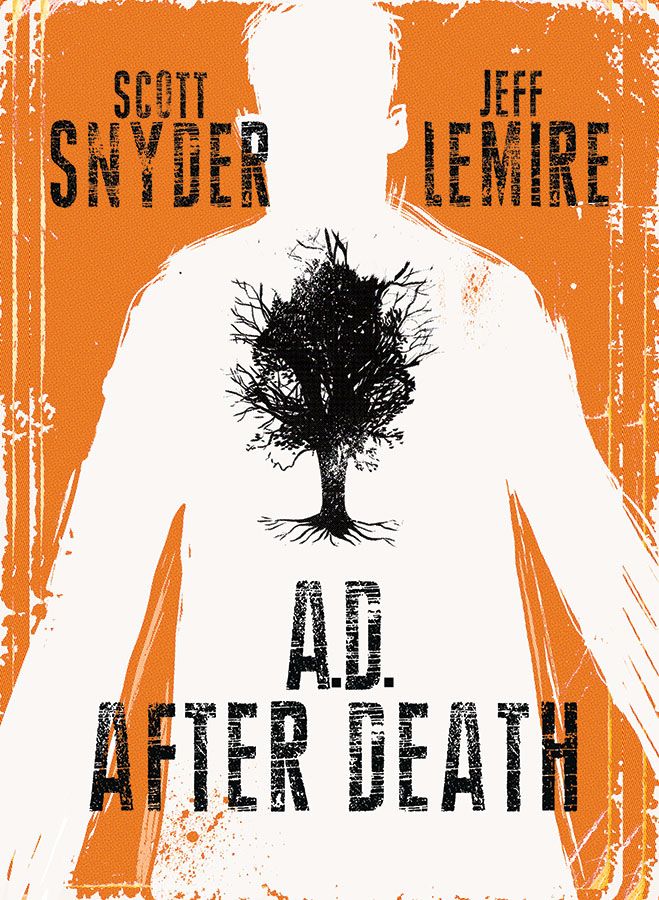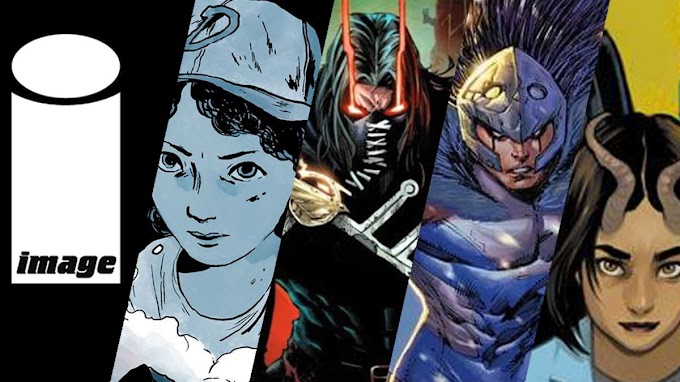Panel
Godzilla versus Red Ronin by Herb Trimpe from an issue of Godzilla
Previously on Panel Patter
- Who's Got the SPX Spotlight? We do! 2017 Edition is a Go! (Rob M.)
- SPX Spotlight 2017: Close Your Summer with the 2D Cloud Kickstarter (Rob M.)
- Kirby Centennial- Happy 100th Birthday, Jack! (Scott C.)
- Quick Hit: A.D.: After Death (James K.)
Cover of the Next Week
I'm sorely behind on this series but I love Amy Reeder's bright and lively artwork. I love that there are elements of this that look like any number of Batman images of him sitting on a building's cornice but the lighting and the light touch to the linework to Rocket Girl #9 give this cover a completely different feel that goes well with the overall tone of this series.
This and That
*** “GHOST STORIES” SEMI-AUTOBIO GRAPHIC NOVEL FROM WHIT TAYLOR COMING FALL 2017! (Graphic Policy)-- Brett at Graphic Policy has the news of Whit Taylor's new book coming out soon.
Ghost Stories are coming Fall 2017 from Rosarium Publishing! Ghost Stories is a graphic novel collection offering three hauntings in different forms. Ghosts exist as past selves and remnants of past relationships that are met with inquiry, resolution, and personal rebirth.
sample of White's work during his residency
Many publishers in comics exist largely through the willpower and dedication of a single person. This can be sad – Picturebox, Highwater, Buenaventura, and many others did not last beyond their founder’s involvement in the company. Of course, the flipside of this flimsy infrastructure is that barriers to entry are relatively low. Even if those publishers are gone, they had a real and significant impact. The books they printed still exist, even if they might be hard to find. Many of the artists they supported are still working. The same is true for schools – if CCS or SAW or Frank stopped teaching tomorrow, students would still retain the impact of their education.
*** Fukushima from Within (NYR Daily)-- Ryan Holmberg reviews the new book Kazuto Tatsuta’s Ichi-F: A Worker’s Graphic Memoir of the Fukushima Nuclear Power Plant, which takes a look at the cleanup of the 2011 nuclear disaster.
Though Tatsuta’s manga is not the only first-hand worker’s description of what has gone on in Fukushima (there are a handful of prose accounts), it is the one that gets referenced most frequently in Japan as a counterpoint to the many reports of worksite deaths (which are few, and none of which have had to do with radiation), worksite dangers (as Tatsuta shows, safety protocols are stringent and, with some exceptions in the immediate post-meltdown years, have been strictly enforced, such that heatstroke is today the biggest health concern), and worker exploitation through the subcontracting system. But Tatsuta’s nonchalance can be hard to swallow, especially given the long latency periods of radiation illnesses, the scandals involving underreported exposure doses, and a number of documented cases of companies abusing the subcontracting system to steal hazard pay and avoid government meddling in the event of workplace injuries. As important as worker safety and satisfaction are, Tatsuta’s singular focus on them tends to distract from some of the larger issues that surround Fukushima Daiichi.













